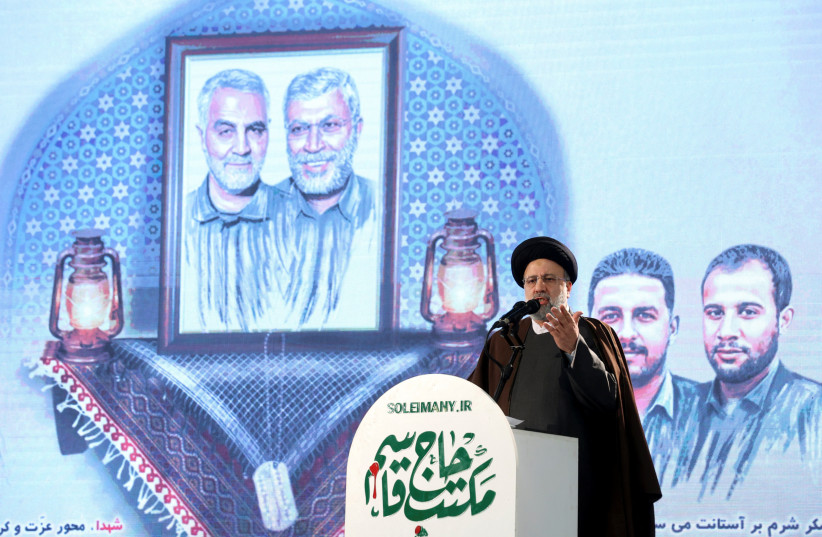Iran is seeking to increase threats to the Persian Gulf and Gulf of Oman by adding cruise missiles to its ships, pro-regime media has claimed. According to reports on Tasnim News, Iran’s R.-Adm. Ali Reza Tangsiri said the domestic cruise missile ‘Qadr-474’ – with a range of 2,000 km. – had been added to ships. The original article also praised the IRGC for its involvement in seizing an oil tanker and putting UAVs and other missiles on its boats.
Iran's naval challenges
The Iranian navy is separate from the navy under the guise of the IRGC. The report adds that cruise missiles can now be used from the converted container ship Shahid Mahdavi, a large ship – 240 m. ship that weights 2,100 tons – that was added to Iran’s navy in March; all part of Iran’s naval program, which generally can’t afford new ships and thus must rely on converted or older ships. The addition of cruise missiles to what is essentially a commercial tanker shows Iran’s challenges, not its successes.
According to the report, Iran has claimed that the missiles it is adding to its navy have similar capabilities to cruise missiles in other countries. Because Iran is under sanctions, it must develop weapons locally. Therefore, its missiles often are not as advanced. However, Iran claims that its missiles have infrared seekers, radar guidance and other features that can help the missiles evade electronic warfare.
According to the reports, the new long-range cruise missiles are being installed on these two ships, the Mahdavi and Soleimani-class ships, which have various missiles with ranges from 200-2,000 km. The IRGC will receive missiles named after Abu Mahdi al-Muhandis, who was the head of Kataib Hezbollah and was killed alongside former IRGC Quds Force head Qasem Soleimani in January 2020 in a US drone strike.

“The cruise missiles are smart, can be guided and go after a new target before explosion and can be launched even from regions deep in the land and behind the mountains to hit naval targets,” the Iranian naval commander said.
Iran also claims to be building more of the Soleimani-class ships. “He mentioned that the vessels are named after martyrs Sayyad Shirazi, Hassan Baqeri, Abu Mahdi al-Muhandis and Rais-Ali Delvari,” Iranian media stated. Tangsiri added that “the new military catamarans can travel at a speed of 45 knots and are furnished with 300 km. and 750 km. missiles.”
Iran has been trying to project its naval power in recent years. It has continued to harass and seize tankers, recently two in the last month. It also has tried to partner with foreign navies, like Russia and China. It now says its ships will be able to patrol the Persian Gulf and Gulf of Oman as well as reach the Red Sea and areas as far as Sri Lanka. Iran has sent ships on long range missions in recent years, including to Russia and South America.
